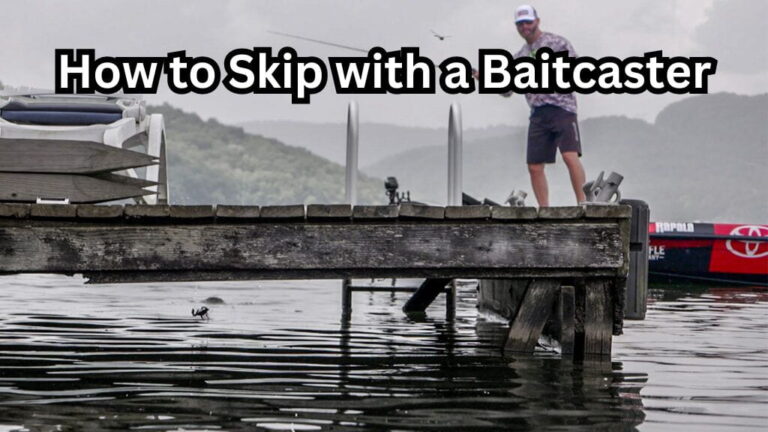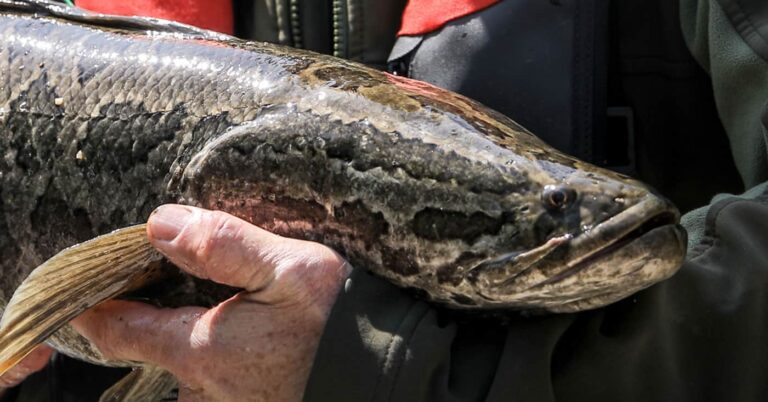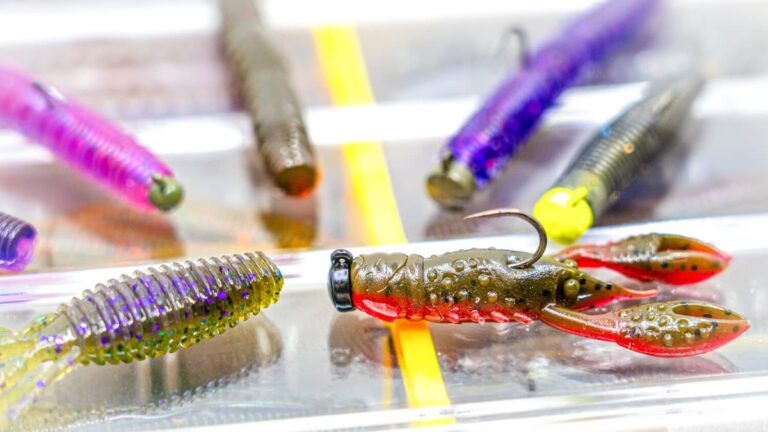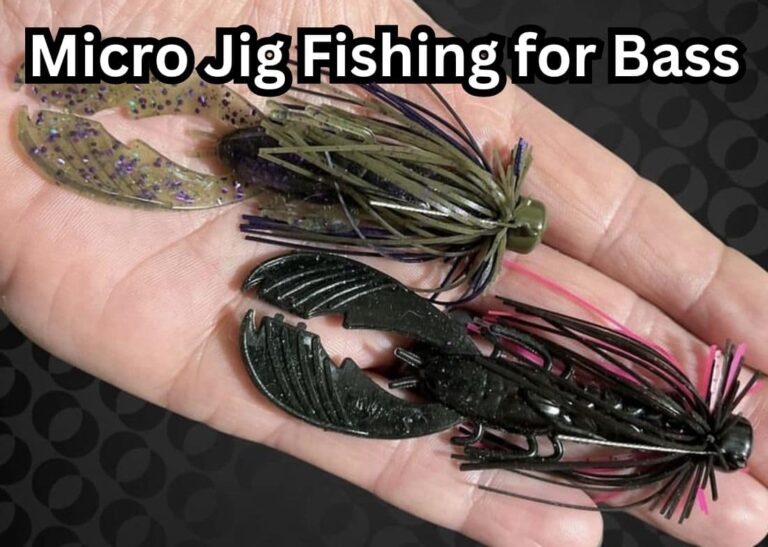How to Make DIY Japanese Baits
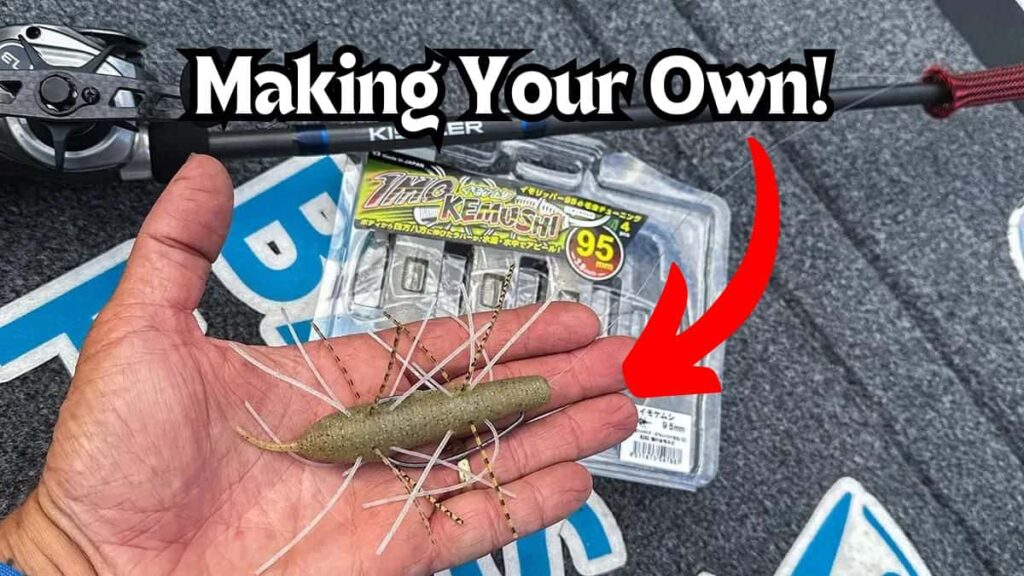
I’m sure you have seen these crazy looking baits by now.
They are incredibly popular and there’s a lot of talk that they are the next big thing in bass fishing.
Whether you believe in them or not, I know they peak your interest, so let’s look at how to easily make them yourself.
What Makes these JDM Baits so Popular?

So I think there are three reasons why these strange looking baits are so popular.
First, is just the shock factor. They definitely look very strange a peak your curiosity. Everyone has seen them and they easily stand out in your mind.
Second, Japan seems to be years ahead of use when it comes to bait innovation and many of the great fishing techniques we already use originally came from Japan.
So anytime JDM companies come out with a new or interesting technique, it becomes incredibly popular.
And thirdly, they do certainly work. Now I’m not saying that these weird baits are a must have, but many experienced anglers, including myself, have had lots of success with them.
Why Make Them Yourself?
Believe it or not, it is almost impossible to get your hands on these baits.
Because of their huge popularity and limited production, pretty much every distributor sells out of them almost instantly.
And even if you are able to find some in stock, they are very expensive compared to other soft plastic baits.
JDM baits are always expensive, and these are no exception, usually ranging from $10-20 for a single pack.
How to Make Your Own:
Supplies Needed
- Wire Threader Tool (of sewing needle)
- Soft Plastic Bait of Your Choice
- Skirt Material (from spinnerbait, chatterbait, ect)
Step 1: Insert the Threader Tool

You can use the specialized threader tool or some make-shift tool that you have laying around your house. A larger sized sewing needle actually works great.
Just make sure the wire tool is very thin so that you don’t tear up the bait too much.
Once you have the too in hand, just push it right through the soft plastic bait as straight as possible.
Step 2: Add Some Skirt Strands to the Tool

Take about 3-4 strands of your skirt material and put them into the loop at the end of the wire tool.
Only put the last half inch or so of the strands into the tool, this way you don’t have to pull as much back through the bait.
Step 3: Pull the Wire and Skirt Through

Slowly pull the tool back through the soft plastic bait. This will pull the strands of skirt along with it.
As soon as the folded section of the skirt comes out the other side, stop using the wire tool and set it aside.
If you keep pulling and pulling with the tool, it will most likely snap the skirt strands.
Step 4: Pull the Rest of the Skirt Through

This is where you need to be most careful. The skirt material is fairly fragile and there is a lot of friction as it is coming through the bait.
So very slowly and gently pull about two inches of skirt through the bait.
Or as much as you want for the specific bait and presentation. Just take it slow so you don’t snap the strands.
Step 5: Trim up the Skirt

Trim up one side of the skirt to try and make each side as even as possible. This will keep the bait more balanced in the water.
Advantages of the Skirt Appendages
These aren’t just a click bait type technique from Japan. There actually are a few logical reasons that these can make your baits better and catch you more bass.
Slower Fall Rate
These skirt appendages will create more drag and resistance as your bait sinks.
This will slow down the sink, or fall rate of you bait. The majority of the time, you want a slower fall when fishing soft plastic baits.
Bass love that slow sinking action and they will very often eat you bait as it falls. So slowing down that fall is advantageous.
Bigger Profile
Similar to the logic of using jigs, the added appendages will give your baits a bigger profile.
Even though they are very thin, they create an aura or spread out look that can draw in a bit bigger bass.
Although this logic is used a lot in bass fishing, I have caught plenty of small bass as well on this style of plastic, so who really knows.
More Action
Adding these to stick baits, wacky rigs, Neko rigs, or other more subtle techniques can look great in the water.
The extra subtle action that these have in the water actually looks really good.
And the also have secondary movement, which is when a bait moves a little bit without you imparting that action.
The skirt strands will sway and move a bit even if you bait is sitting still on the bottom. And that extra action can definitely get some extra bites.
Curiosity
This is actually the number one theory behind these strange looking baits.
They aren’t exactly natural looking, but just like they capture out attention, many guys think they do the same to bass.
The theory is that bass see the strange, unique looking bait and inspect or eat it out of curiosity.
This makes sense and I have had plenty of success with these baits.
Reeling this In
The appeal of these innovative JDM baits lies in their unique design, effectiveness, and the intrigue they generate among anglers.
While their unusual appearance grabs attention, their proven success and Japanese origin add to their popularity.
Making these baits yourself offers a cost-effective solution to their high price and scarcity.
Whether driven by curiosity or proven results, these baits can be a valuable addition to your fishing arsenal, offering an edge in attracting and catching bass.

